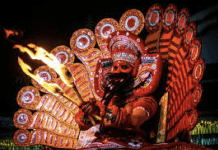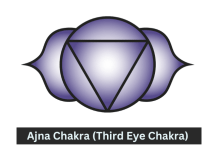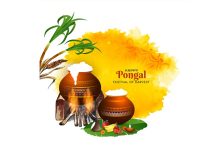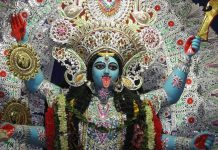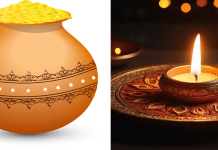Holi is a Hindu festival that is widely celebrated in India and Nepal, as well as by the Indian around the world. It is a celebration of the arrival of spring and the triumph of good over evil. The festival is also known as the “Festival of Colors” as people throw brightly colored powder, known as “gulal,” at each other.
Significance of Holi
Prahlad and Hiranyakashyap
According to Hindu mythology, one story describe about Prahlad and his evil father Hiranyakashipu. Prahlad was a devotee of Lord Vishnu, while his father was an evil king who wanted to be worshiped as a God. Hiranyakashipu had a sister, Holika, who had a boon that made her immune to fire. He decided to use this to kill his son, Prahlad. Holika sat with Prahlad on her lap in a fire, hoping to burn him alive. However, the boon only worked when Holika entered the fire alone, and Prahlad emerged unharmed while Holika was burned to death. This story represents the victory of good over evil and the importance of faith in God.
Lord Krishna and Radha
The other legends associated with Holi is the story of Lord Krishna and Radha. According to this legend, Lord Krishna, known for his blue skin colour, was envious of Radha’s fair complexion. Upon expressing his discontent to his mother Yashoda, she suggested that he colour Radha’s face to make her look like him. Krishna, mischievous as he was, took this opportunity to play a trick on Radha and the other Gopis by splashing them with colourful powders and water. This playful act has since become an integral part of the Holi festival, where people come together to smear each other with colours, sing and dance to celebrate the triumph of good over evil, and the arrival of spring.
Celebration of Holi
Holi is usually celebrated in late February or early March, on the full moon day of the Hindu month of Phalguna. The night before Holi, people light a bonfire called “Holika Dahan” to symbolize the burning of Holika and the victory of good over evil.
On the day of Holi, people gather in the streets and throw colored powder and water at each other. They sing and dance to music, and enjoy traditional sweets and snacks. In some parts of India, people also throw flowers and even mud at each other.
Holi is a time for forgiveness and reconciliation, and people often use the festival as an opportunity to mend broken relationships and let go of grudges. It is a time to celebrate with friends and family, and to spread joy and happiness.
In conclusion, Holi is a vibrant and colorful festival that celebrates the arrival of spring and the victory of good over evil. It is a time for forgiveness and reconciliation, and a time to spread joy and happiness to all.








